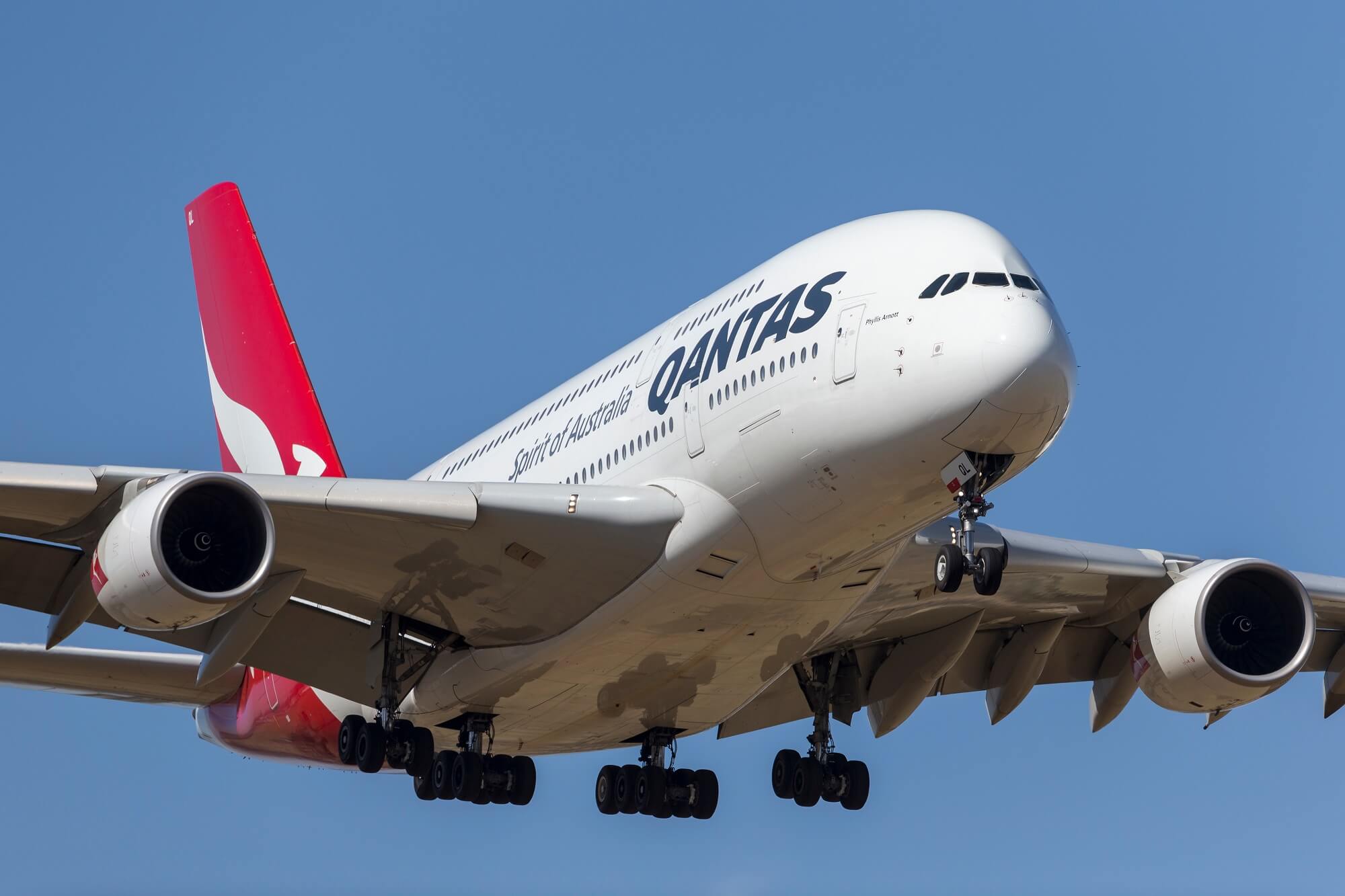Passenger Plane Industry in Brazil: Passenger Plane Brazil

Brazil’s passenger plane industry has taken flight, soaring through a history marked by both triumphs and challenges. From humble beginnings to becoming a significant player in the global aviation landscape, the industry has witnessed a dynamic evolution.
Historical Overview of the Passenger Plane Industry in Brazil
Brazil’s aviation history traces back to the early 20th century, with the first commercial flights commencing in 1927. The industry gained momentum during World War II, with the establishment of Varig, one of the first Brazilian airlines, in 1942. This period also saw the emergence of other prominent players like Real Aerovias and Cruzeiro do Sul.
- 1950s – 1970s: The golden era of Brazilian aviation saw rapid growth, fueled by the country’s economic expansion and the rise of tourism. Varig became a global airline, connecting Brazil to destinations worldwide. This period also witnessed the development of domestic air travel, with airlines like Vasp and Transbrasil emerging as major players.
- 1980s – 1990s: The industry faced challenges due to economic instability and competition from foreign airlines. The deregulation of the airline industry in the 1990s led to mergers and acquisitions, resulting in a consolidation of the market.
- 2000s – Present: The industry experienced a resurgence, driven by economic growth, increased disposable income, and the rise of low-cost carriers. This period saw the emergence of Gol Linhas Aéreas Inteligentes, which became the largest airline in Brazil.
Current State of the Passenger Plane Industry in Brazil
The Brazilian passenger plane industry currently boasts a robust network of airlines, airports, and supporting infrastructure. The industry is characterized by a high level of competition, with both domestic and international carriers vying for market share.
- Key Trends:
- The rise of low-cost carriers has transformed the industry, offering affordable air travel to a wider segment of the population.
- Focus on regional connectivity, with airlines expanding their networks to serve smaller cities and towns.
- Increased use of technology, with airlines adopting digital solutions to enhance customer experience and operational efficiency.
- Sustainability is gaining importance, with airlines investing in fuel-efficient aircraft and sustainable practices.
- Challenges:
- High operating costs, including fuel prices, labor, and infrastructure maintenance.
- Economic volatility, with fluctuations in currency exchange rates and fuel prices impacting airline profitability.
- Competition from foreign airlines, especially in international routes.
- Regulatory hurdles and bureaucratic complexities.
- Opportunities:
- Growth of the domestic market, driven by rising disposable income and an expanding middle class.
- Development of new infrastructure, including airports and air traffic control systems.
- Potential for increased tourism, particularly in eco-tourism and adventure travel.
- Opportunities for partnerships and joint ventures with international airlines.
Impact of Government Policies and Regulations
The Brazilian government plays a significant role in shaping the passenger plane industry through policies and regulations. These policies aim to promote competition, ensure safety, and facilitate the development of the industry.
- Deregulation: The deregulation of the airline industry in the 1990s led to increased competition and the emergence of new airlines.
- Infrastructure Development: The government has invested heavily in infrastructure development, including new airports and upgrades to existing ones.
- Safety Regulations: Stringent safety regulations are in place to ensure the safety of passengers and crew.
- Tax Incentives: The government provides tax incentives to airlines to encourage investment and growth.
Comparison with Other Major Markets
Brazil’s passenger plane industry is comparable to other major markets in terms of size and complexity. However, it faces unique challenges, including economic volatility and regulatory hurdles.
- United States: The US market is the largest in the world, with a highly competitive airline industry. The US has a well-developed infrastructure and a strong regulatory framework.
- Europe: The European market is characterized by a fragmented airline industry, with numerous national carriers. The EU has implemented policies to promote competition and integration within the market.
- China: China’s passenger plane industry is rapidly expanding, driven by economic growth and increasing demand for air travel. The government is investing heavily in infrastructure development to support this growth.
Top 5 Airlines in Brazil, Passenger plane brazil
The Brazilian airline industry is dominated by a few major players. Here is a table showcasing the top 5 airlines based on passenger volume, fleet size, and market share:
| Airline | Passenger Volume (2022) | Fleet Size | Market Share |
|---|---|---|---|
| Gol Linhas Aéreas Inteligentes | 57.5 million | 140+ | 40% |
| LATAM Airlines Brasil | 32.5 million | 100+ | 22% |
| Azul Linhas Aéreas Brasileiras | 28.5 million | 150+ | 20% |
| Voepass Linhas Aéreas | 8.5 million | 50+ | 6% |
| Avianca Brasil | 4.5 million | 20+ | 3% |
Passenger plane brazil – So you’re thinking about hopping on a plane to Brazil, eh? Maybe you’re picturing the beaches, the samba, the caipirinhas… but hold on a sec! Before you book that flight, maybe you should check out what’s happening in the US.
The abc presidential debate is happening, and let me tell you, it’s probably more dramatic than any telenovela you’ll find in Rio. Anyway, back to Brazil… make sure you pack some sunscreen, those beaches are no joke!
Imagine this: you’re on a passenger plane in Brazil, cruising through the clouds, and suddenly, the pilot announces a debate about the best way to land. Sounds crazy, right? Well, that’s kind of what happens when you delve into the world of aviation, especially when it comes to complex topics like safety regulations.
It’s like an abc debate , but with the stakes way higher. So, next time you’re on a flight, think about the unseen discussions happening behind the scenes, making sure that your journey stays smooth and safe.
